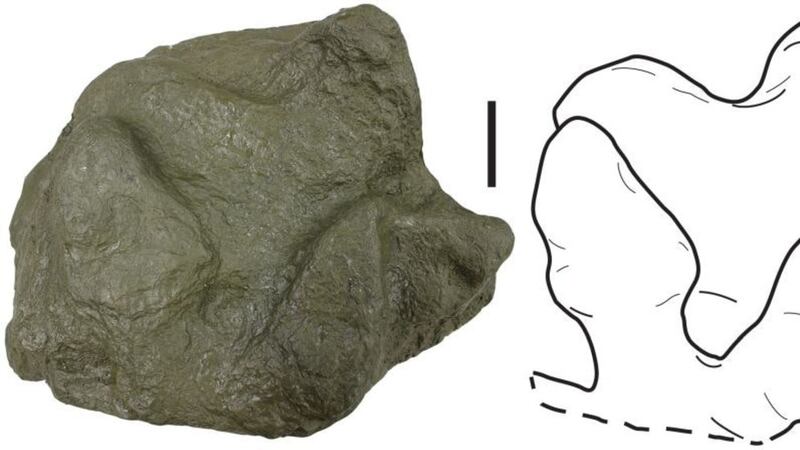The discovery of dozens of dinosaur footprints in Alaska reveals that duck-billed hadrosaurs were once as “commonplace as cows”, the author of a new study claims.
Seventy-five trackways were found in the remote Aniakchak National Monument and Preserve in south-west Alaska between 2001 to 2002 and 2016 and 2018.
A study – published in the PLOS ONE journal on Wednesday – has now revealed that 93% of those tracks belonged to hadrosaurs – a highly successful plant-eating dinosaur.
Two other footprints belonged to armoured dinosaurs, while one was from a predatory tyrannosaur measuring around six to seven metres long, the study said.
Previous research on dinosaur remains in northern Alaska found that hadrosaurs were most abundant in coastal habitats.
But the latest study by Anthony Fiorillo, from the Perot Museum of Nature and Science in Texas, has revealed the same trend was true for southern Alaska.
Mr Fiorillo said: “Our study shows us something about habitat preferences for some dinosaurs and also that duck-billed dinosaurs were incredibly abundant.
“Duck-billed dinosaurs were as commonplace as cows, though given we are working in Alaska, perhaps it is better to consider them the caribou of the Cretaceous.”
The trackways were preserved in the Chignik Formation, a series of coastal sediment deposits dating back to the late Cretaceous period around 66 million years ago, the study said.
The authors suggest that understanding habitat preferences in these animals will contribute to understanding of how ecosystems changed through time as environmental conditions shifted.








